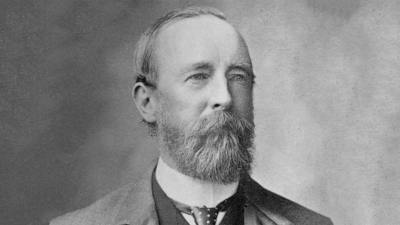
Every year, August 15 is celebrated as Independence Day. It marks the day in 1947 when India gained independence from British rule and became a free nation. We usually think of India’s story of Independence from 1857 when Indian sepoys rebelled against the British and history took a major turn. But one of the major milestones in the freedom struggle was the founding of the Indian National Congress. And guess who helped found it? Well, it was Allan Octavian Hume, a retired British official.
Hume served as a member of the Imperial Civil Service (later the Indian Civil Service). Having witnessed the Indian Rebellion of 1857 up-close as Administrator of Etawah, he was quick to respond to the needs of the common man and boldly question British misgovernance.
In the years that followed the rebellion, he introduced reforms and shaped Etawah into a model district. But his criticism of the then Viceroy, Lord Lytton’s policies, led to his removal from office.
Hume had an empathetic view of Indians under the British rule. In a letter to students at Calcutta University in 1883, he wrote, “If only fifty men, good and true, can be found to join as founders, the thing can be established and the further development will be comparatively easy….And if even the leaders of thought are all either such poor creatures, or so selfishly wedded to personal concerns that they dare not strike a blow for their country’s sake, then justly and rightly are they kept down and trampled on, for they deserve nothing better…”
In the following years, Hume mobilised support from like-minded people in India and in Britain, and the Indian National Congress was founded. The first session of the INC was held in Bombay in December 1885. Social reforms and national emancipation were some of the key areas of focus. But Hume is believed to have become disillusioned by the local supporters and left India in 1894.
Did you know?
A. O. Hume was an ornithologist. His contribution to Indian Ornithology remains unmatched to this day. His journal Stray Feathers recorded details of birds across India. He had built up a huge collection of bird specimens in his home in Shimla. Sadly, he lost most of his papers on birds, but gifted his collection of specimens to the Natural History Museum in London (which still has the largest collection of Indian bird skins).
Picture Credit : Google




